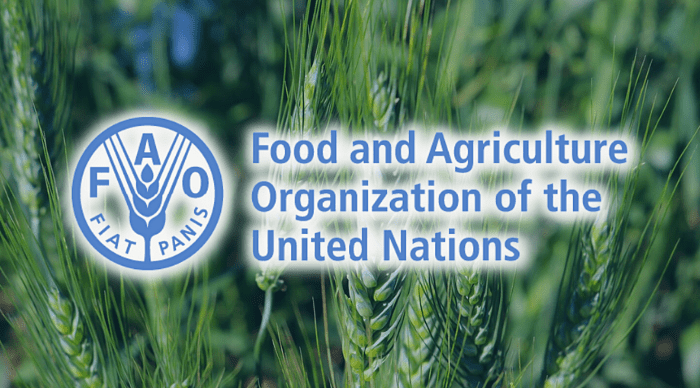The United Nations Food and Agriculture Organization (FAO) released this month its biannual report on global food markets “Food Outlook”, evaluating past, present and future growth trends in eight categories of foodstuffs: wheat, coarse grains, meat, rice, sugar, oilcrops, dairy, and fisheries.
With respect to wheat production, Morocco is a relative African bright spot, as the FAO termed it the continent’s least drought-affected nation. An upturn in production to 3.7 million tons of that crop is anticipated–despite the effects of dryness–which is anticipated to cap production at 35% below the long-term average. Indeed, it helps to orientate to a glass-half-full perspective.
In addition, Morocco has announced new import subsidy procedures and domestic consumption restrictions to ensure local supply amid low production numbers. The wheat import tax was set to commence on May 31.
With respect to cereal overall, Morocco’s imports over the past three years have remained–and are expected to remain–relatively stable at 8.5-8.8 million tons annually, while domestic production is expected to rebound by 50% this year (5.0 tons) relative to 2022 (3.3 tons).
Fish and fishery product statistics indicate that the Kingdom’s exports have over the past three years remained relatively constant between 2.8 and 2.9 million tons, as have its imports (.3-.4 million tones over the same period).
In the dairy sector, Morocco recently announced a temporary suspension of import duties on milk powder and butter–effective through October of this year–in an effort to contain price increases.
On the African Continent overall, anticipated milk production has been adjusted downward 0.7 % from 2022, reflecting anticipated decreases in many nations–including Morocco–primarily due to poor pasture conditions and limited fodder availability as a result of rainfall deficits.
It also adopted a decree cancelling the Value-added tax (VAT) on agricultural inputs to help reduce pricing of fresh produce and other agrifoods, inclusive of meat.
In assessing the overall pricing trend over the past two years in light of the Covid-related supply chain issues, the FAO gathered data from over seventy Developing nations and measured consumer prices in the aforementioned categories in what it termed “Net Food Importing Developing Countries” (NFIDCs) over that period.
In the big picture, it determined that Morocco was experiencing price increases somewhere within the middle-of-the-pack at a nearly 20% rise over the period. It was straddled dubiously by Sri Lanka at the top, which experienced more than a two-fold such increase, and Benin at the bottom, which enjoyed an actual deflationary–miniscule at a fraction of one percent–yet enviable–scenario.


